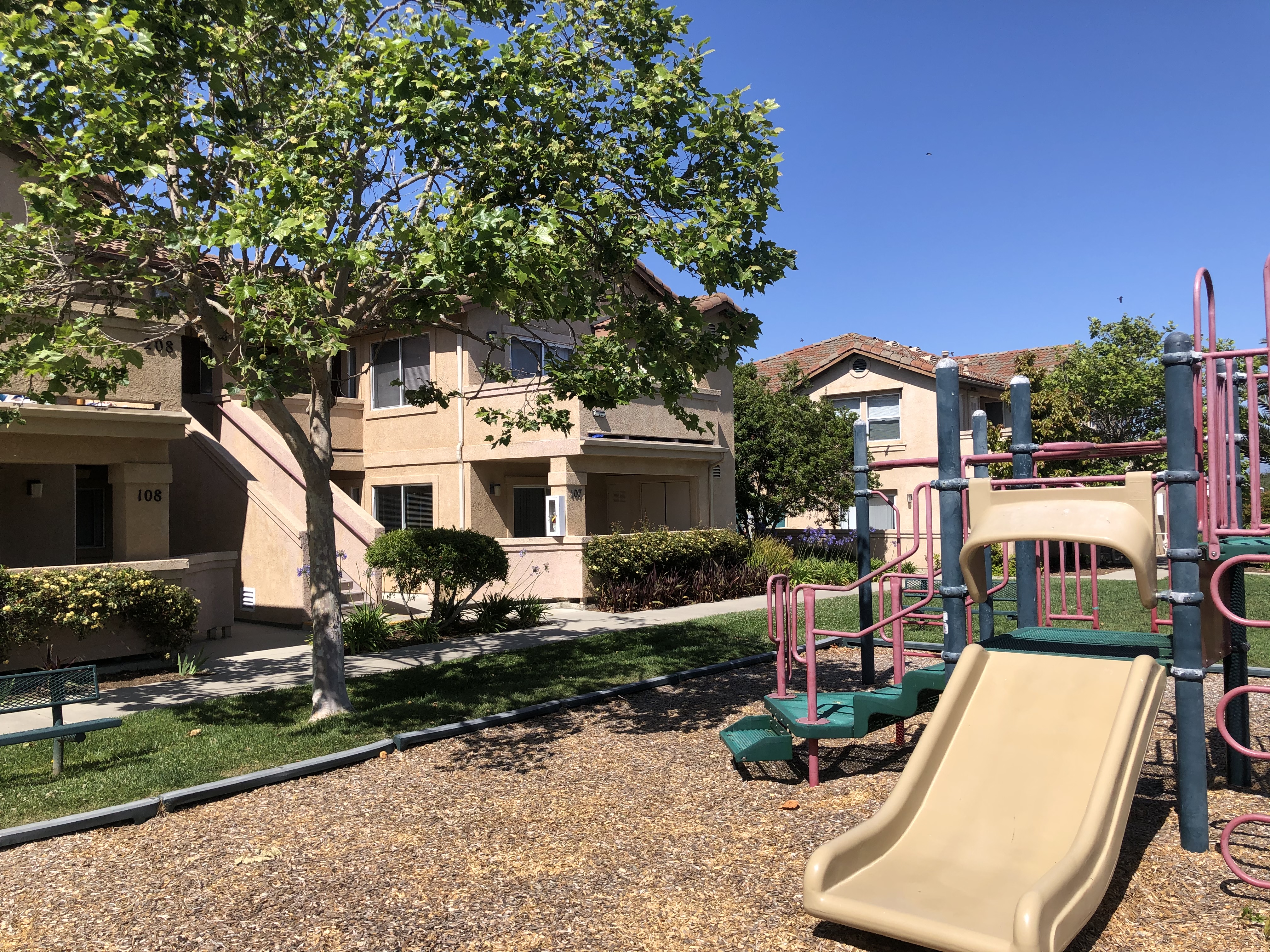State Housing Law Only Encourages Neighborhood Opposition
Cities Must Change Zoning for New Housing Mandates with Certain Consequences to Services

By almost any reckoning California is experiencing a housing crisis, especially in providing affordable housing. McKinsey Global Institute estimated that California is short 3.5 million homes and that the state is now producing 100,000 units annually, while it needs 180,000 units. They estimated that housing shortages directly cost the economy between $143 billion and $233 billion annually.
Accordingly, rents are high: Half the households are paying greater than 30 percent of their income for housing, while one third are paying more than 50 percent. The result is that 7.1 million Californians are living in poverty when housing costs are taken into account. Important community workforce members — teachers, nurses, new businesses — can’t afford to live where they work.
State housing laws is designed to repair this problem. But it is failing. The housing law requires cities and counties to take actions that encourage more housing.
That means that cities must identify adequate sites with appropriate zoning in order to accommodate the state’s goals for new housing development. Thus, cities may need to adjust their general plans, including rezoning areas — switching the zoning from recreational, commercial, or agricultural to residential — to be able to accommodate the potential new housing. Or it may mean that areas already zoned residential, but for single-family housing, might be rezoned to permit multi-family housing. For this planning cycle, Santa Barbara County was allotted a target of an additional 24,856 regional housing units, which is then spread among Santa Barbara County’s eight cities and unincorporated areas.
In addition, the state creates specific affordable housing targets for cities that are defined across different levels of affordability by household income, with low income at 50-80 percent of the area median income, and very low and extremely low defined as below 50 percent or 30 percent, respectively, of the area median income. However, because cities can’t actually determine what types of apartments will be built on a lot, the state counts residential land zoned at a minimum density of 20 units/acre as accommodating the low and very low-income units.
One problem with this state law is that it is essentially designed to encourage opposition from affected community parties. When state law forces cities and counties to preemptively re-zone neighborhoods to enable increased housing (such as to increase housing densities), it makes the affected properties more valuable. However, it also makes existing residents of a neighborhood worse off, by increasing the demands on existing public resources, such as parks or libraries, and adding traffic to the roads. The potential for traffic congestion in the area is also high because the road system was built to reflect a particular housing density. Thus, the state’s compulsory rezoning serves to transfer economic value from one group of residents to another.
For the affected residents, their response is frequently to fight the value transfer. The result is an expensive process. State laws require a public approval process, layered and sequential, to explore a project’s merits openly and transparently. Community groups and affected residents have used the planning and environmental review process and litigation to slow project approval, delaying or blocking the addition of new residential developments. The process often becomes cumbersome, confrontational, and expensive for all involved.
A final problem with the state housing law is that it is not designed to produce affordable housing. Housing densities in terms of units per acre alone do not correlate well with housing affordability. Instead, housing that is affordable for low-income residents will generally have to be subsidized at a price below the market rate. In general, according to the state Legislative Analyst Office, meeting the state’s estimated need for affordable housing would require vastly increased funding, raising annual expenditures to the tens of billions of dollars. However, the state offers few effective tools for cities to achieve housing for lower income residents. As a result, using 2018 data, one study found that for low-income housing, only 22 percent of the state’s jurisdictions are on track to meet their housing goals when progress is evaluated based not on zoning but based on the issuance of housing permits.
The current housing law largely reflects the perspective of housing developers, not community residents or the cities. State law requires that cities plan and zone for new housing; once a city’s housing plan is certified by the state as accommodating its housing goals, their formal obligations are largely met. The developers are under no obligation to create affordable housing. So, over time, more housing may gradually be added in the aggregate, but little of it would be expected to be affordable.
However, the popular narrative ascribes the failure to produce adequate housing, especially affordable housing, as a consequence of selfish, NIMBY-oriented, obstructionist community members. The solution, therefore, for many in the state, is to exclude them — to squelch cities and neighborhood residents from any decision-making role and instead for the state to mandate residential zoning.
However, there are other ways of understanding our housing challenges, without assuming that the problem lies with the cities and their residents. In subsequent articles, I will offer some alternative solutions aimed at creating affordable, workforce housing.
Stuart Kasdin is a member of the Goleta City Council and teaches Political Science at Santa Barbara City College.
Support the Santa Barbara Independent through a long-term or a single contribution.



